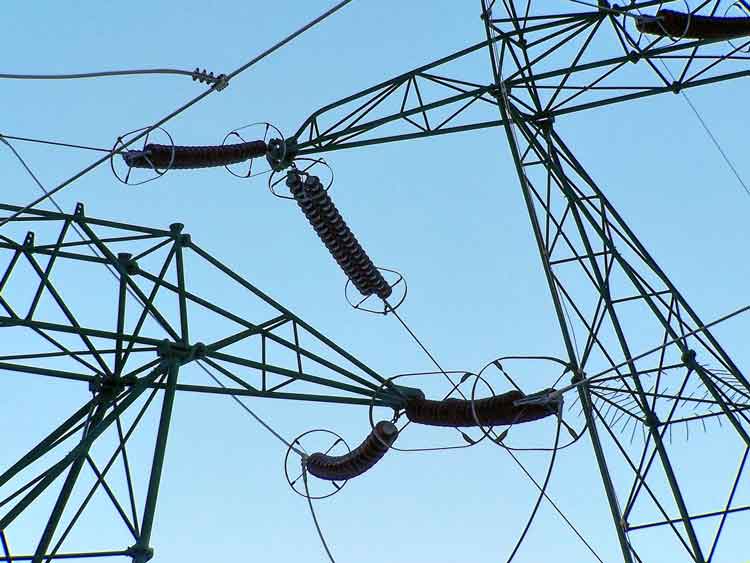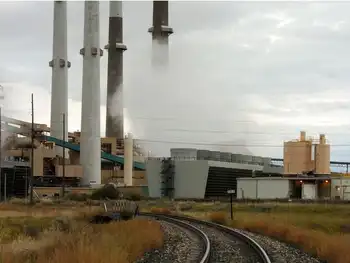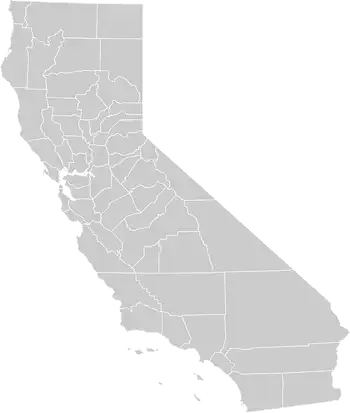Southern explores more coal/biomass co-firing
The plan at Mitchell unit 3 is to convert about 155 MW of coal-fired capacity to a 96-MW biomass-fired unit. The Georgia Public Service Commission approved the conversion in March 2009 and the revamped unit had been scheduled for commercial operation in June 2012.
"Since the certification of the conversion of Plant Mitchell Unit 3, the United States Environmental Protection Agency ('EPA') has delayed the release of Industrial Boiler Maximum Achievable Control Technology ('Boiler MACT') rules and is also expected to release draft coal combustion by-products regulations for power plants ('CCB Regulations'), which will address how coal ash is handled and disposed," said an integrated resource plan that Georgia Power filed with the PSC on January 29.
"As a result, on January 8, the company requested a delay in converting Plant Mitchell Unit 3 to biomass fuel until the EPA issues these rules and regulations."
The delayed conversion is good news to coal suppliers to Mitchell, though the unit is the kind of old facility that may not run much anyway during the delay period. The SNL Energy database shows unit 3 as the only operating coal unit at the plant, with units 1-2 having been retired. Unit 3 was placed into service in 1964.
The delay in the Mitchell unit 3 conversion has not stopped biomass co-firing research, which has the potential to back out at least some of the coal normally used at the targeted plants. "The scope of Southern Company's biomass testing program has included investigation of co-firing various types of biomass at existing pulverized coal power plants," Georgia Power said in the IRP. "With increased fuel costs, the lowest cost options of renewable energy generation were sought. In response, several studies have been conducted by Southern Company and Georgia Power regarding the feasibility and cost-effectiveness of different co-firing technologies."
In general, there are two forms of co-firing. Co-milling involves treating the biomass as if it were coal, mixing the material with the coal and passing it through the coal handling system and coal burners. The other technology is direct injection, in which the biomass is processed to a fine sawdust-like material and blown directly into the furnace through its own dedicated burners or with the coal through existing burners. Co-milling requires less capital but is limited to only low amounts of biomass. The maximum co-milling energy percentage will typically be about to 1% to 5% by energy input.
"In testing at Southern Company plants, sawdust and sander dust worked fairly well, as did finely chipped tree trimming waste," the IRP said. "Less success was achieved with large wood chips due to their fibrous nature. Smaller wood chips, 1/2 inch or less in fiber length, worked better than the larger chips, but not quite as well as sawdust."
Direct injection is generally capable of co-firing higher percentages of biomass, in the 10% to 20% range. However, capital equipment is required, and the biomass (wood or grass) must be reduced to a small size, which can further add to costs. "However, fairly promising results have been obtained in Southern Company power plant tests conducted on direct injection of switchgrass," the IRP said.
Other issues with co-firing include that biomass materials have concentrations of certain minerals that are potentially adverse to operation of pollution control equipment located at many of the company's power plants. "Southern Company is currently pursuing research and development ('R&D') to better define the harmful effects of these minerals," the IRP said.
"Furthermore, many plants sell, rather than store, their fly ash for use in the concrete industry. However, the American Society for Testing and Materials ('ASTM') International specifications for fly ash in cement do not recognize anything but fly ash from coal. As a result, there are serious concerns about the ability to sell fly ash that contains wood ash. Southern Company is pursuing a study with Georgia Tech to determine the differences in coal only ash and biomass co-fired ash."
Current financial projections show that co-firing of biomass and coal can be economical in certain situations. "Because a given volume of biomass contains much less energy than the same volume of coal, the transportation costs for biomass versus coal are much greater," the IRP noted. "This not only adversely affects the economics of biomass power generation, but also limits the amount of biomass that can be transported to a given location. The Company estimates that Georgia Power could realistically co-fire biomass in the range of 30 to 80 MW at selected units."
Southern Co. recently completed a series of small (1/2 inch and less) wood chip co-milling tests. The tests were conducted at two Mississippi Power Co. units, five Alabama Power Co. units and one Georgia Power unit. The project looked at using woody biomass as an energy source by blending it with coal and sending the fuel mix through the existing fuel handling system. The overall percentages of woody biomass that could be co-milled ranged from 0% to 3% by energy. This number is lower than initially expected and is greatly influenced by excess pulverizer capacity, pulverizer type and fuel moisture, the IRP explained. More co-milling studies will be performed with wood pellets as the fuel type at an Alabama Power unit in the near future.
Beginning in 2010, Southern Co. plans to join an Electric Power Research Institute consortium to look at downstream effects of co-firing 10% by energy biomass in a coal-fired unit. "The collaborative study will be done on the AES Greenidge Station in Dresden, N.Y.," the IRP said.
"Currently, Greenidge is the only coal-fired unit in the US with a robust 10 percent direct injection biomass system with plans to run continuously. EPRI will try to determine the effect on Selective Catalytic Reduction ('SCR') catalyst deactivation, boiler tube corrosion and other areas. The study will likely last at least six months."
AES Greenidge is part of AES Corp.
Related News

Bright Feeds Powers Berlin Facility with Solar Energy
Bright Feeds, a New England-based startup, has successfully transitioned its Berlin, Connecticut, animal feed production facility to solar energy. The company installed a 300-kilowatt direct current (DC) solar photovoltaic (PV) system at its 25,000-square-foot plant, which is expected to supply approximately one-third of the facility's total energy needs. This move aligns with Bright Feeds' commitment to sustainability and reducing its carbon footprint.
Solar Installation Details
The solar system comprises 625 solar panels and was developed and installed by Solect Energy, a Massachusetts-based company. Over its lifetime, the system is projected to offset more than 2,100…





